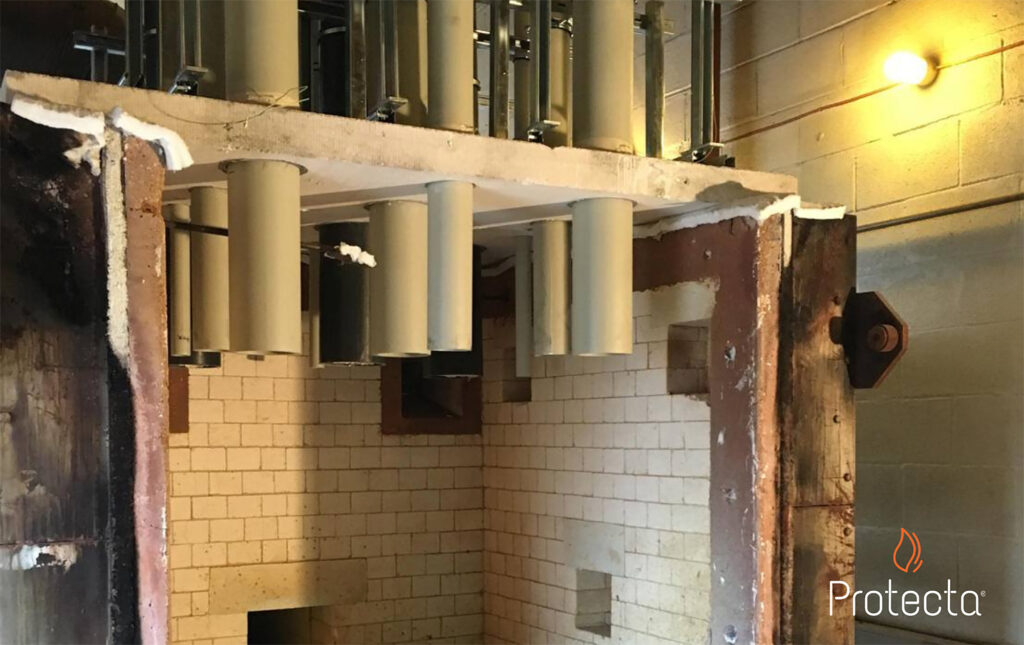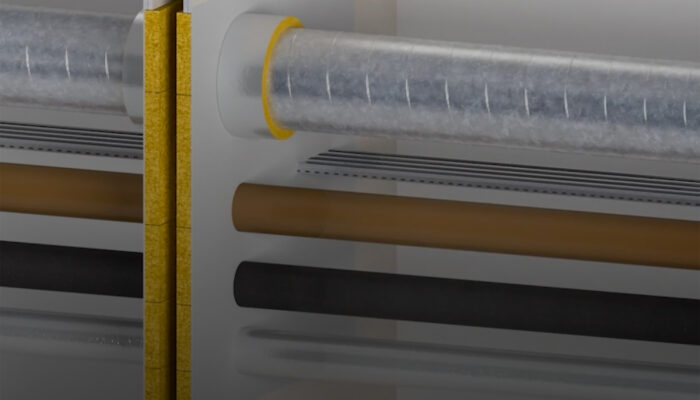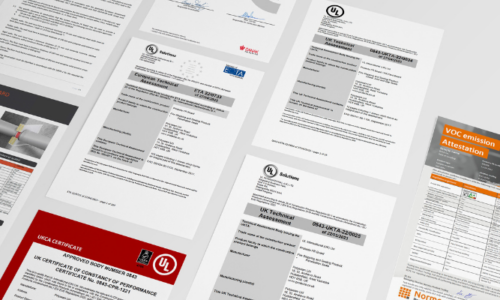Understanding Insulation and Integrity
Insulation:
Insulation in passive fire protection refers to the ability of a material to resist the transfer of heat from one side to another. When a building is exposed to fire on one side, the insulation property helps to limit the heat transmitted to the other side. It slows down the increase of temperature on the unexposed side, giving occupants more time to evacuate and firefighters more time to control the fire.
Fire-resistant insulation materials, like fire-rated walls, doors, or ceilings, act as a barrier to heat transfer. They reduce the heat flux, protecting the adjacent areas from rapid temperature rise and potential ignition. Insulation is typically measured in terms of fire resistance duration, expressed in minutes or hours. For example, a fire-rated wall with a 60 minute fire resistance rating can withstand the heat exposure from a standard fire for one hour without allowing the fire to spread to the other side.

Integrity:
Integrity in passive fire protection refers to the ability of a barrier to maintain its physical integrity and prevent the passage of flames and hot gases during a fire. When exposed to fire, an integrity barrier should remain intact and prevent the fire from passing through it, containing the fire within a compartment and preventing it from spreading to other areas of the building.
Integrity is crucial in compartmentalising a building to limit fire and smoke spread, providing safe escape routes for occupants and allowing firefighters to access and control the fire effectively. Fire-rated doors, fire-resistant walls, and products like Protecta FR Board and EX Mortar are examples of components that provide integrity in passive fire protection.
To summarise, the main difference between insulation and integrity in passive fire protection is:
- Insulation deals with limiting heat transfer from one side of a barrier to the other side, delaying the rise of temperature in unexposed areas.
- Integrity focuses on preventing the passage of flames and hot gases through a barrier, containing the fire within a compartment and stopping it from spreading to other parts of the building.



